Pal Payasam : Where milk, rice, and love simmer into tradition.
Pal Payasam is more than just a dessert – it’s a tradition simmered in milk, rice, and sugar, carrying the fragrance of celebration and comfort in every spoon. What makes it truly special is its simplicity: just a handful of ingredients, slow-cooked to creamy perfection, yet it holds the power to bring families together around festive tables. In Kerala, no Onam Sadya or temple feast feels complete without this sweet, making it a dish that connects generations through taste, memories, and love.
Table of Contents
What is Payasam?
Pal Payasam is a classic South Indian rice and milk pudding, often prepared during festivals, temple offerings, and family celebrations. Unlike other kheer varieties, Pal Payasam stands out for its simplicity — just rice, milk, and sugar, slow-cooked until creamy and naturally sweet.
In Kerala, it is the star of the Onam Sadya and is also served in temples as prasad, symbolizing purity and devotion. Every spoonful carries the warmth of tradition, making it more than just a dessert — it’s an experience of culture, nostalgia, and togetherness.
Main Ingredient of Payasam:
Sugar-⅓ cup
Water-1tbsp
Full cream milk- 3 cup
Cooked rice- 1 cup
Cardamom powder-½ tsp
Chopped nuts- 1tsp
What Is So Special About Payasam?
Pal Payasam is special because it feels like home. Its sweetness is simple yet comforting, reminding us of family gatherings, festive meals, and grandmother’s kitchen. Unlike rich desserts, it doesn’t overpower — it soothes, warms, and lingers with nostalgia.
Meyer Anzen Ceramic Coated Cookware 26cm Kadai
Quick and Easy Payasam:
While traditional Pal Payasam is slow-cooked for hours to get its signature creamy taste, this quick version captures the same richness in a fraction of the time. All you need are a few pantry staples — sugar, water, full-cream milk, cooked rice, cardamom, and nuts.
The magic lies in caramelizing the sugar first. That golden caramel not only sweetens the payasam but also adds a deeper, nutty flavor that makes the dessert taste like it’s been simmering for hours. Once the caramel is ready, just add milk, cooked rice, a hint of cardamom, and let it all come together. Garnish with chopped nuts, and you have a festive-worthy payasam ready in minutes.
How to make
1. Caramelize the sugar
In a heavy-bottomed pan, add 1 tbsp water and the sugar.
Heat on medium flame until the sugar melts and turns golden brown.
2. Add milk
Slowly pour in the milk while stirring continuously (the caramel will bubble up).
Simmer for 8–10 minutes so the caramel flavor blends into the milk.
3. Add rice
Stir in the cooked rice and let it simmer on low heat for 10–15 minutes until the payasam thickens and becomes creamy.
4. Flavoring
Mix in cardamom powder and (if using) a spoon of ghee.
5. Garnish
Fry nuts in a little ghee or add them directly as garnish.
Expert Tips
1. Use full cream milk – The richness comes from slow simmering; avoid toned milk if possible.
2. Stir often – Prevents milk from sticking or burning at the bottom. A heavy-bottomed pan is best.
3. Cook on low flame – Slow cooking allows the rice to absorb milk and release starch, making it naturally creamy.
4. Caramelizing sugar – Do it carefully. If it turns too dark, the payasam will taste bitter. Light golden caramel is perfect.
5. Rice choice matters – Use small-grain rice (like jeerakasala / sona masoori) for the best texture.
6. Consistency check – Payasam thickens as it cools. Keep it slightly thinner while cooking than your final desired texture.
7. Add flavor at the end – Cardamom, ghee, and nuts should be added after turning off the heat for maximum aroma.
8. Resting time – Let it sit for 20–30 minutes before serving; flavors deepen beautifully.
9. For a richer version – Replace part of sugar with jaggery (melted and strained) for a traditional Kerala-style touch.
Recipe Card


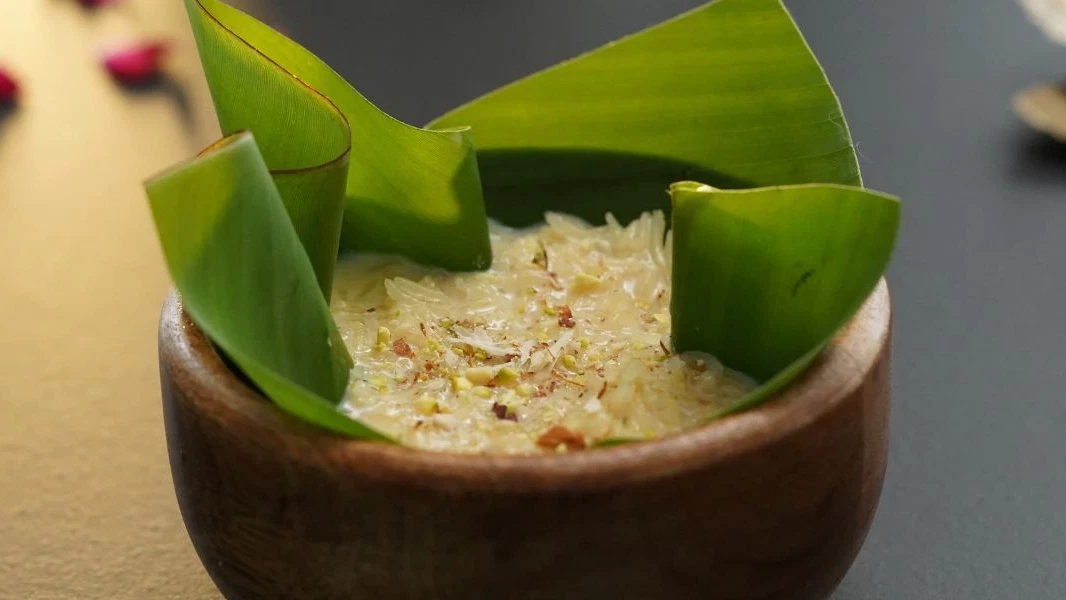


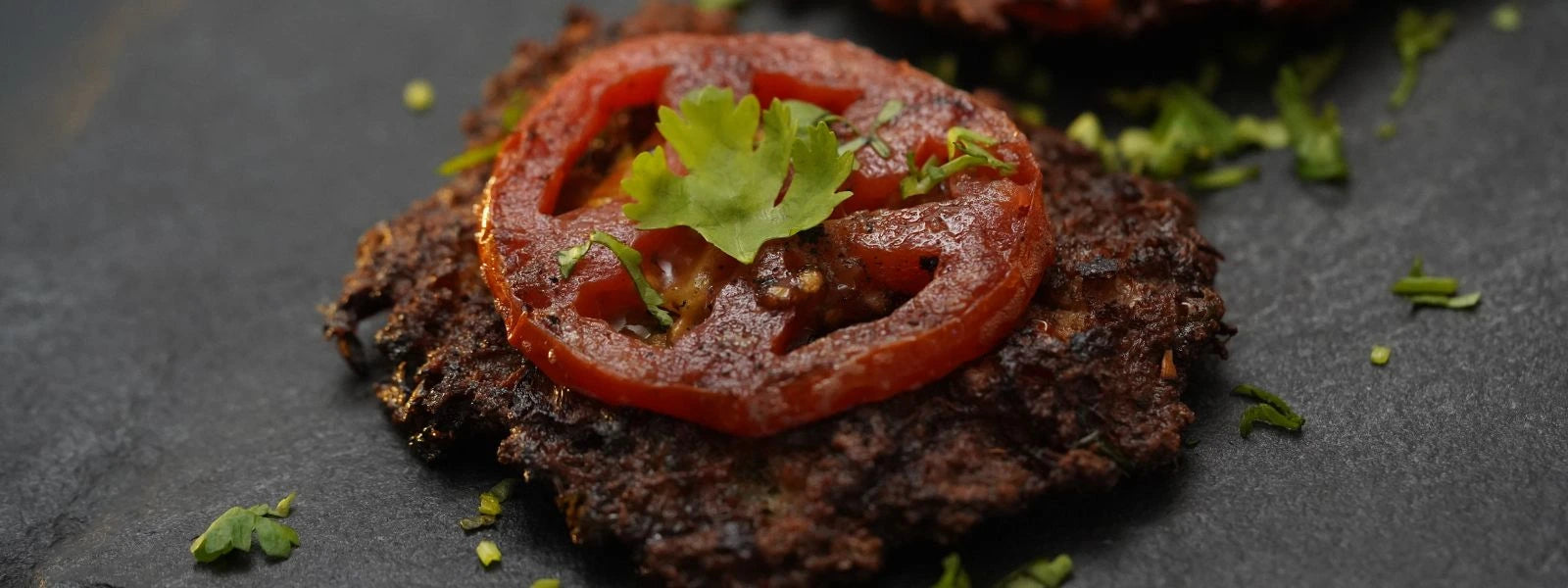
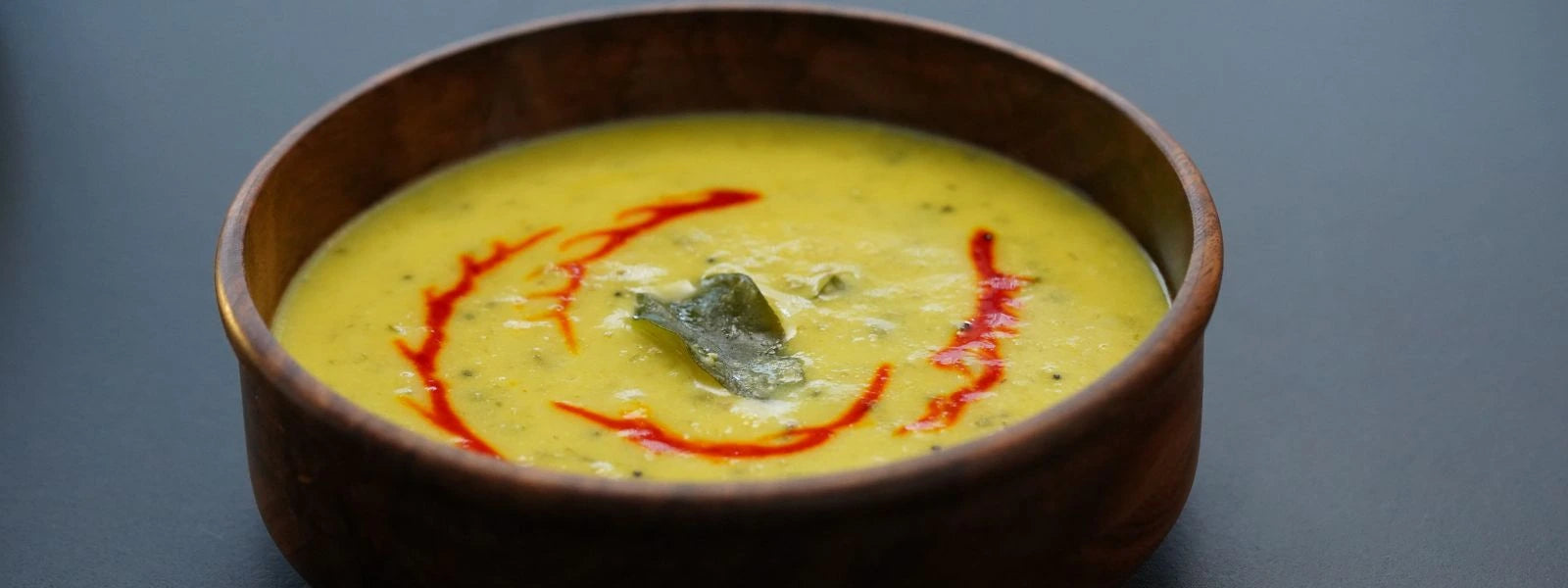
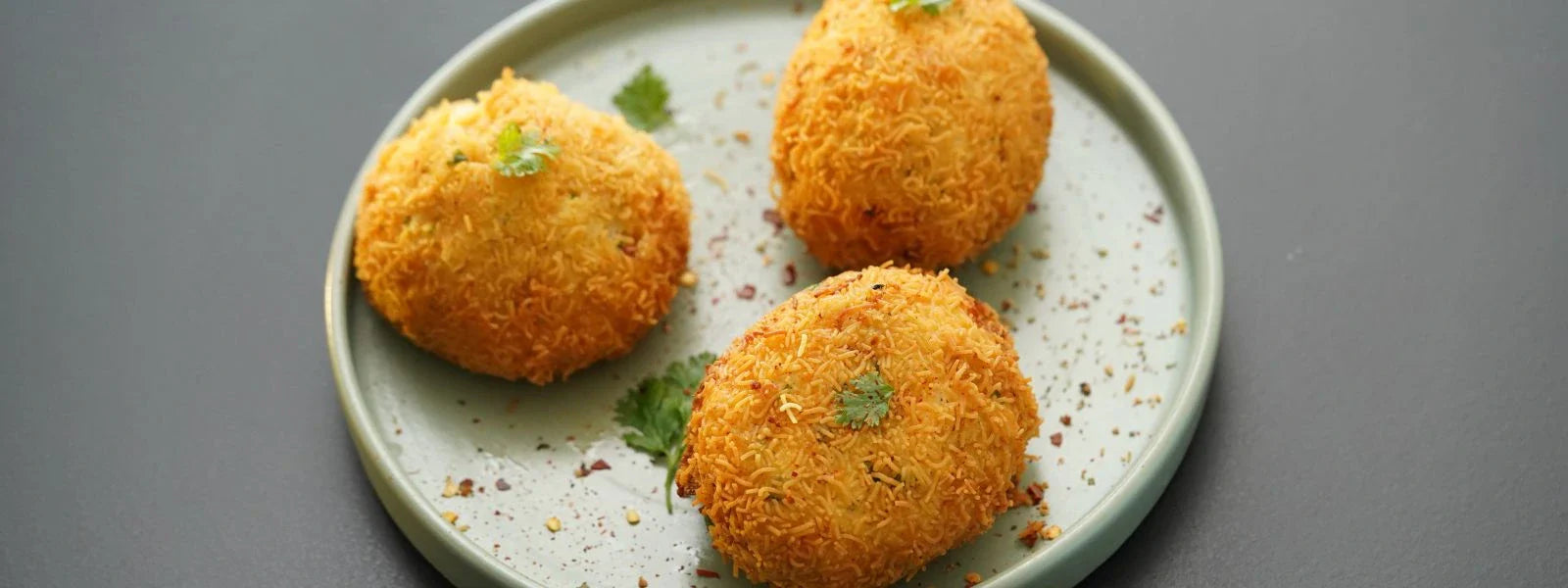
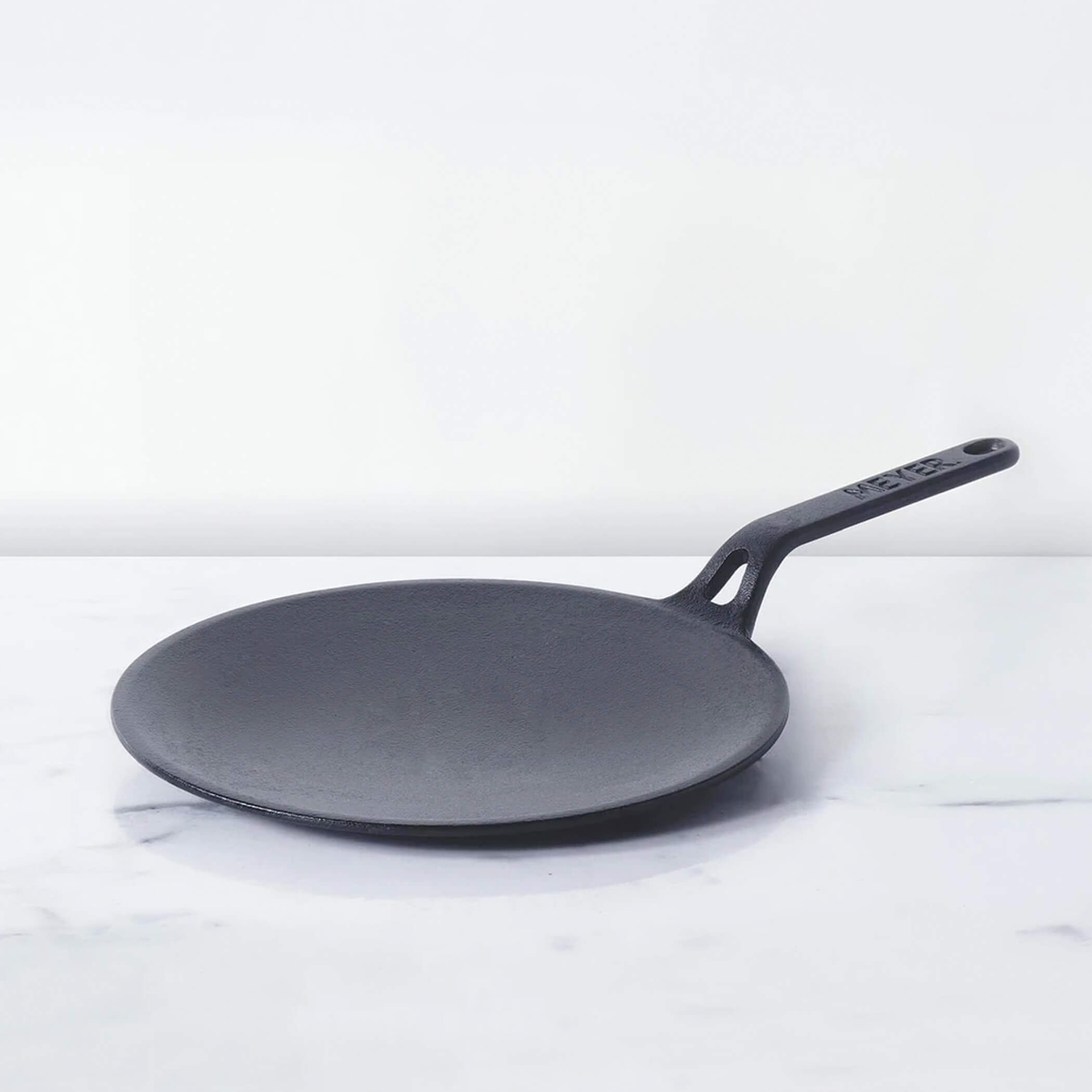
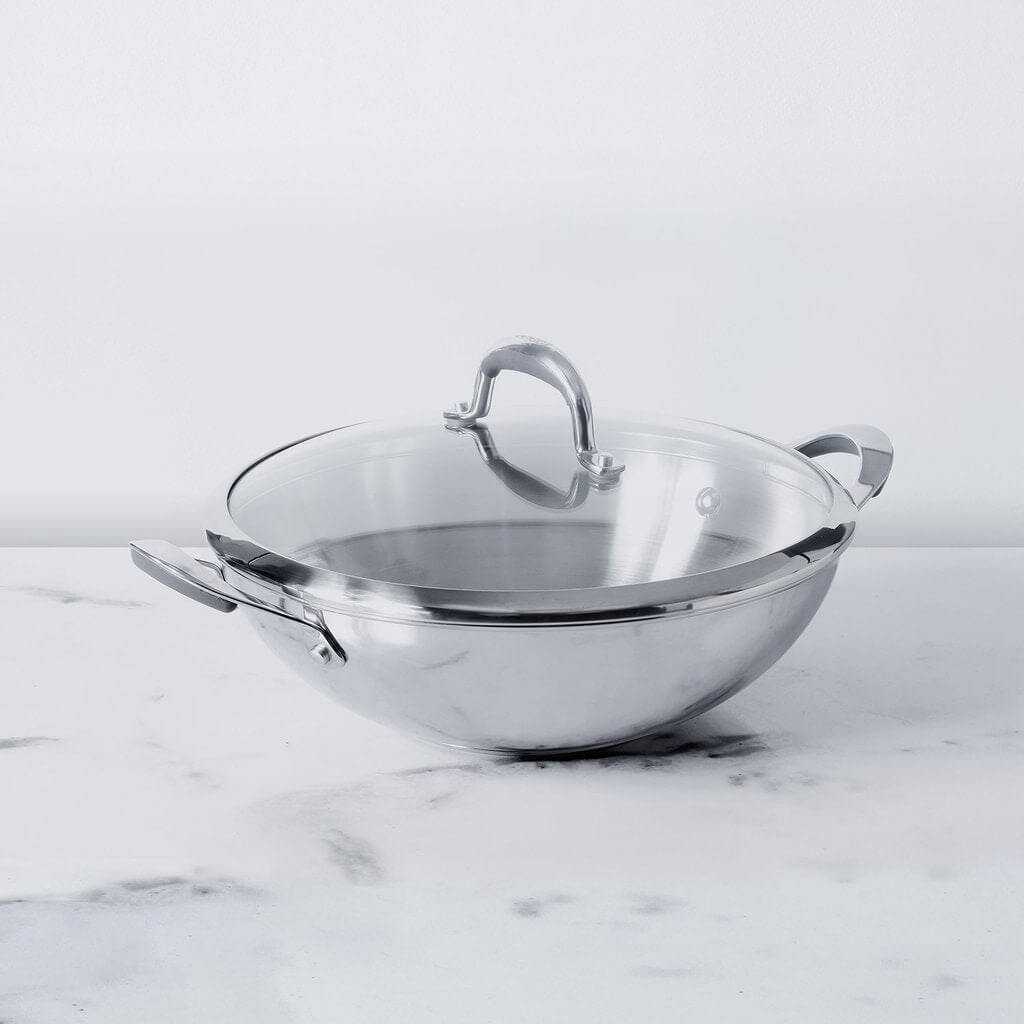




Leave a comment